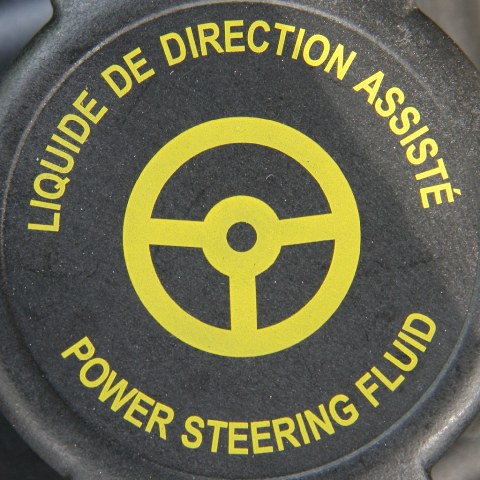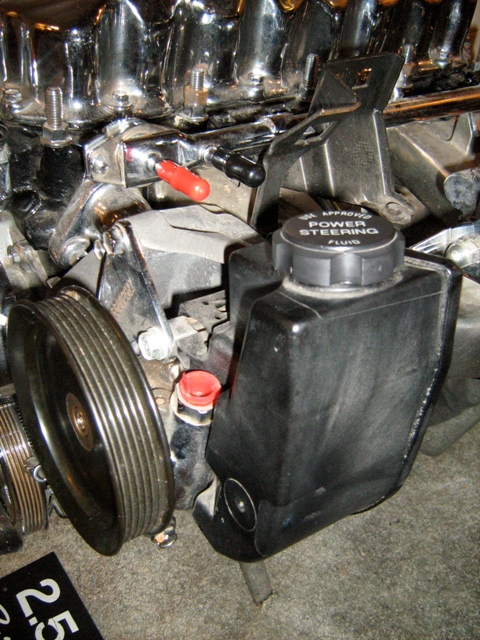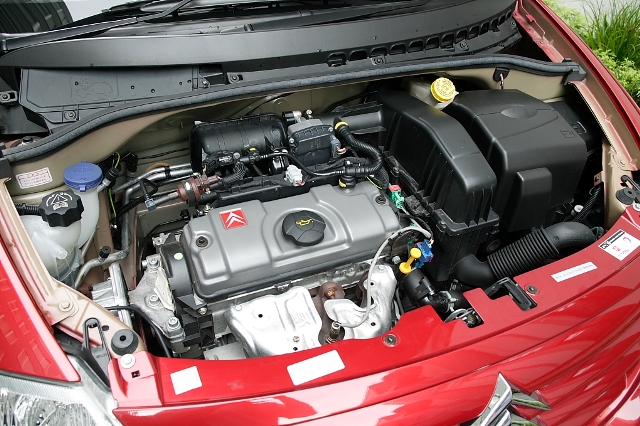There are many different systems in your car that can break down and cause problems, and one of them is your power steering. This component of your vehicle allows you to steer your wheels with ease, often with a simple movement of one hand – otherwise, you’d have to put a lot of muscle into the steering wheel to turn the car. Manoeuvres such as U-turns and sharp turns would be a workout. As you can imagine, almost all vehicles sold in Australia. today come standard with power steering. However, a failure of your power steering system, like with any mechanical component in your car, is possible.
This post describes the five most common reasons why failure occurs, and how you can know if you are experiencing this problem.
1. Fluid contamination

If your steering pump is a hydraulic system, which means it uses pressure against a volume of fluid to do a job. However, for these systems to work optimally, the fluid must be clean, free of contaminants and intrusions such as air bubbles, other fluids or problems that can alter, even slightly, its mechanical properties. Contamination most often occurs when the tubes and hoses in your steering system deteriorate and collapse. As well, moisture can seep into the fluid and increase friction. Ultimately, this causes the pump and steering to fail and become extremely stiff, especially when your car is not in motion.
2. Low fluid level
Your power steering system relies on the presence of a precise amount of fluid in the system to function properly. There is usually a small reservoir under the hood, where you can pour in new fluid, and you will probably notice that the minimum and maximum lines are relatively close together. When there is not enough fluid in your system, your pump is not properly lubricated, the fluid temperature may rise, and your pump may wear out prematurely. All of these factors combine to cause premature power steering failure and tedious repairs car repairs.
3. Broken belt
Your engine crankshaft powers the pump that powers your power steering system. A pulley on your engine rotates to provide constant power to a power steering belt which is connected to the pump. However, the belt wears, cracks, frays and may break. If your belt breaks, you’ll know right away. Your power steering system will fail and, almost immediately, your steering will become extremely stiff and difficult to use because your motor no longer powers your pump.
4. Worn pump

Virtually all mechanical components with moving parts wear out over time and use, and this applies to the power steering pump as well. Seals wear out, internal parts deform, and friction eventually takes its toll. Over time, the pump loses pressure, and your steering becomes more rigid. But if your pump fails, you’ll lose all fluid pressure in your system, your power steering will fail, and you’ll have no other choice than replacing that worn steering pump.
5. Fluid leaks
Even the smallest leak in one of your fluid lines can be the cause of lost of fluid pressure. This is usually not something that happens suddenly. Most of the time, it starts with a worn joint that slowly begins to wear and tear or a pipe that has a small defect. These minor problems eventually get worse, and when they get bigger, they cause your pump to fail and your power steering to malfunction. A leak can probably be the worst problem, requiring the replacement of hoses or fluid lines, replacement of seals, and possibly a new pump as well.
Where to go for suspension repair and replacement in Sunshine North?

It’s critical to keep the suspension system in good condition for the safety, comfort and performance of your vehicle. By combining years of experience with state of the art equipment, JULIAN’S GARAGE can repair your car and replace various parts.
All in all
Causes and consequences of a power steering problem
Before proceeding to any type of repairs, it is important to understand where the problem is coming from. Here are a few ideas:
– if you hear a hissing sound when you manoeuvre, check the fluid level: if it’s below the usual level, add the difference in the moment;
– if the power steering works harder on one side than the other, the steering box is certainly involved: it may need to be changed;
– if both sides are equally difficult, it may be a lack of hydraulic pressure.
Other more recurring causes that may be responsible for a malfunction:
– a worn seal,
– a faulty control valve, or
– a corroded assist pump.
In all cases, contact a professional as soon as possible before the entire system fails. At times, if you are lucky enough, simply replacing the power steering oil pressure sensor can do the trick. And, this can avoid you the expensive cost of a new or second hand power steering pump!
Hope this post helps you out in figuring which power steering issue your vehicle may be having. And, remember to leave your comments in the section below and share your experience with our readers.





Thanks for pointing out how a faulty hydraulic system could cause leaks inside your vehicle that may affect your driving experience. I heard that my aunt wants to invest in a used vehicle that she can drive around the country. I’ll probably suggest that we find a hydraulics expert that could help her out when this happens someday.